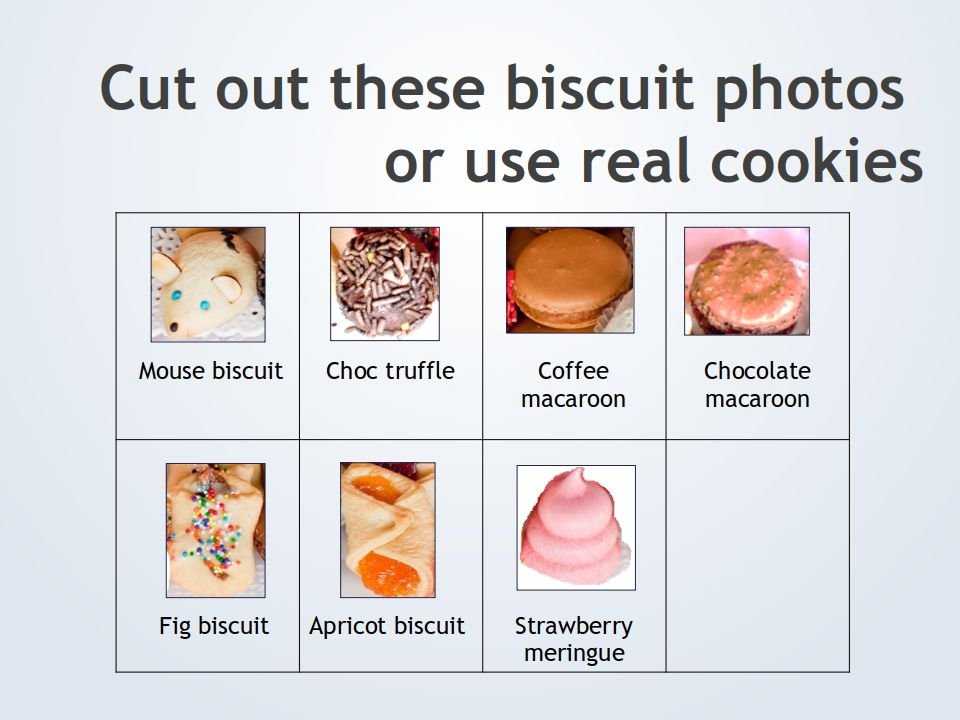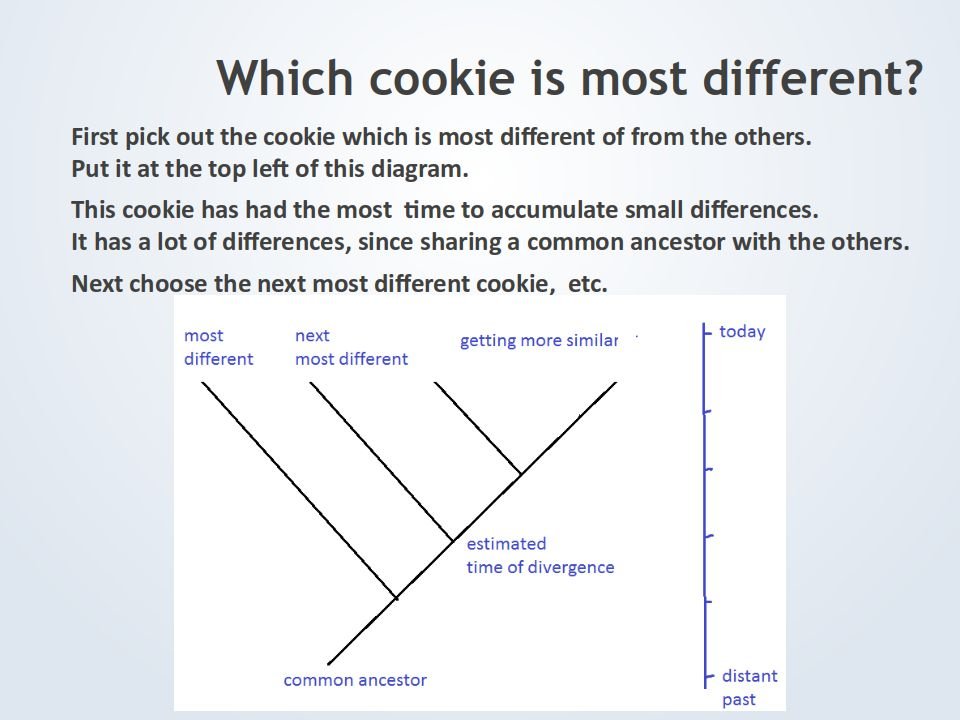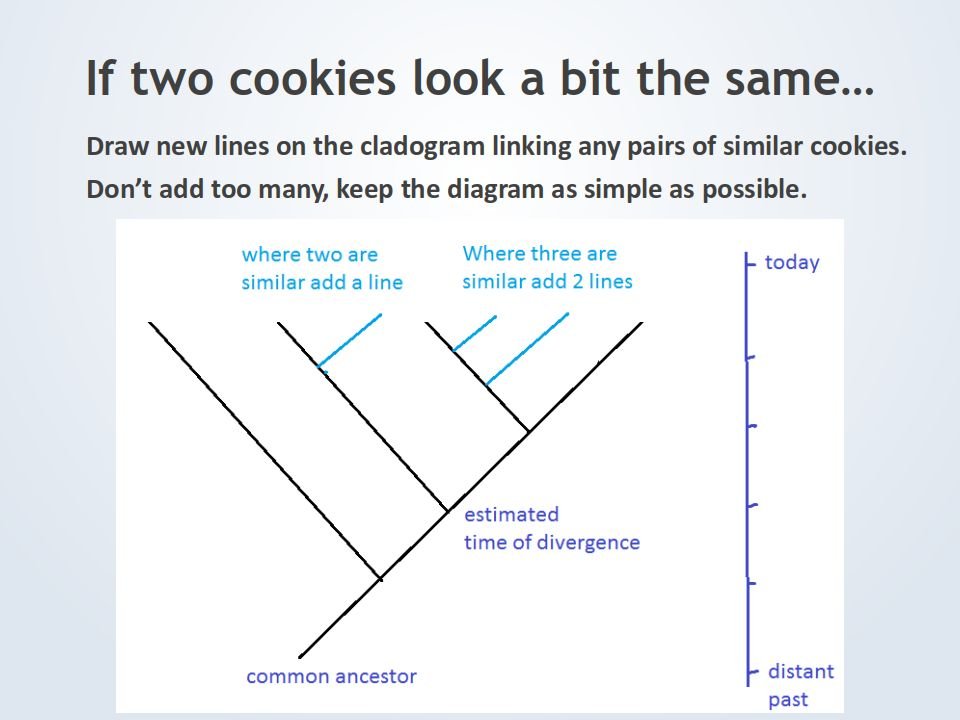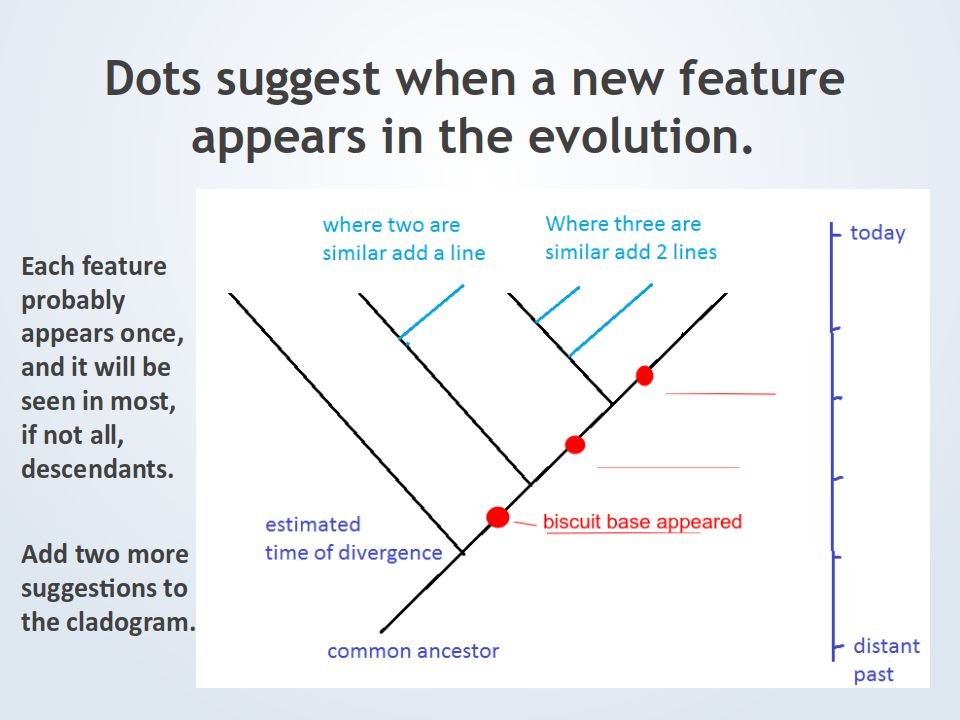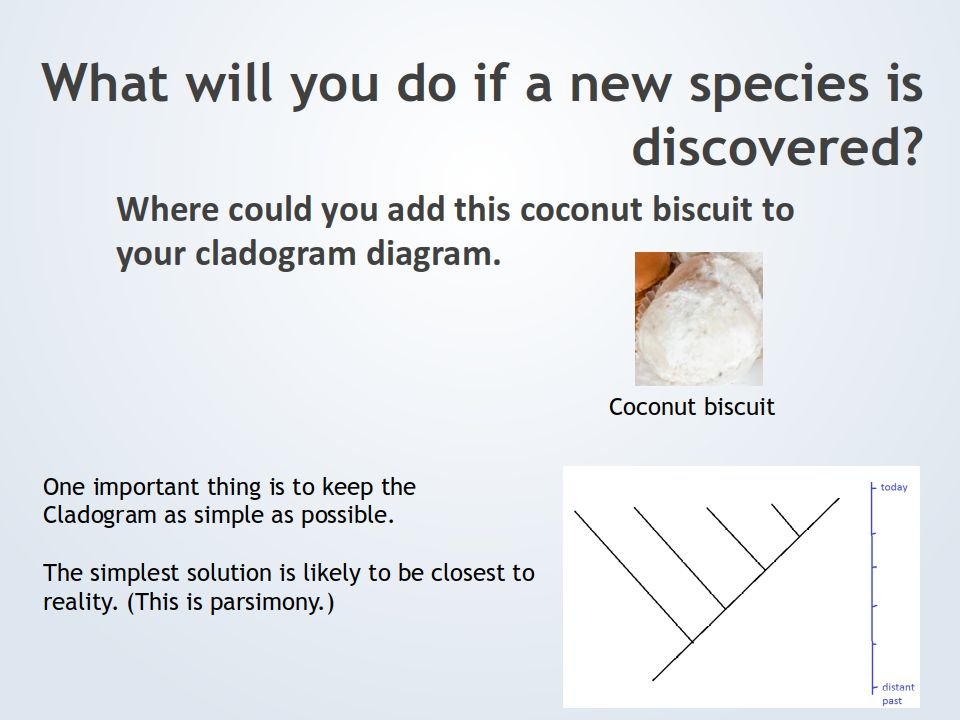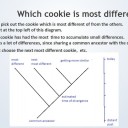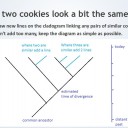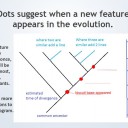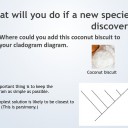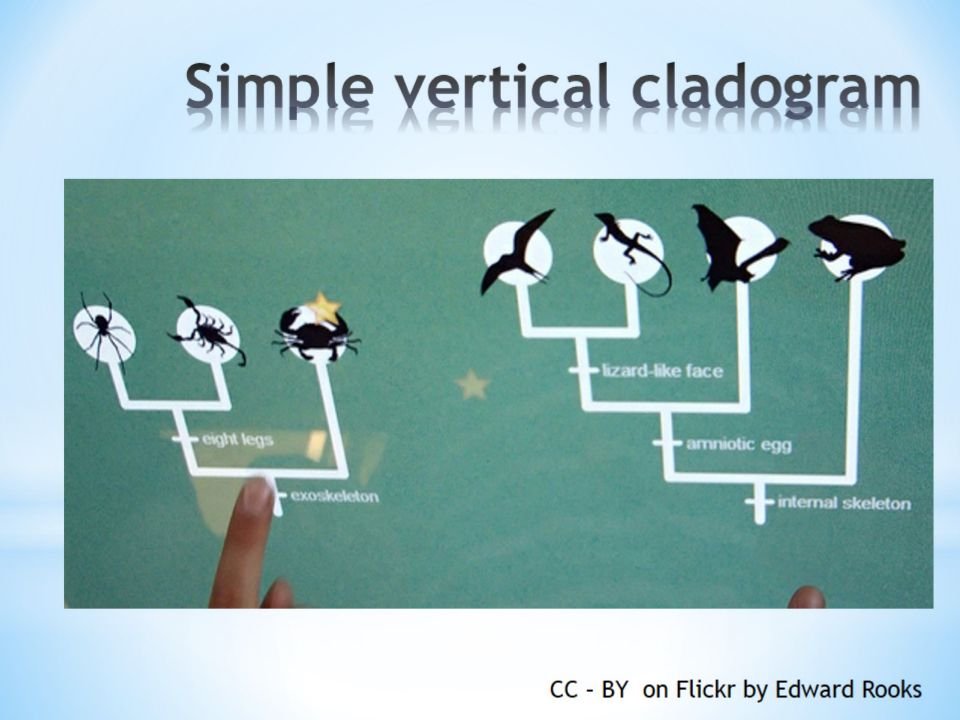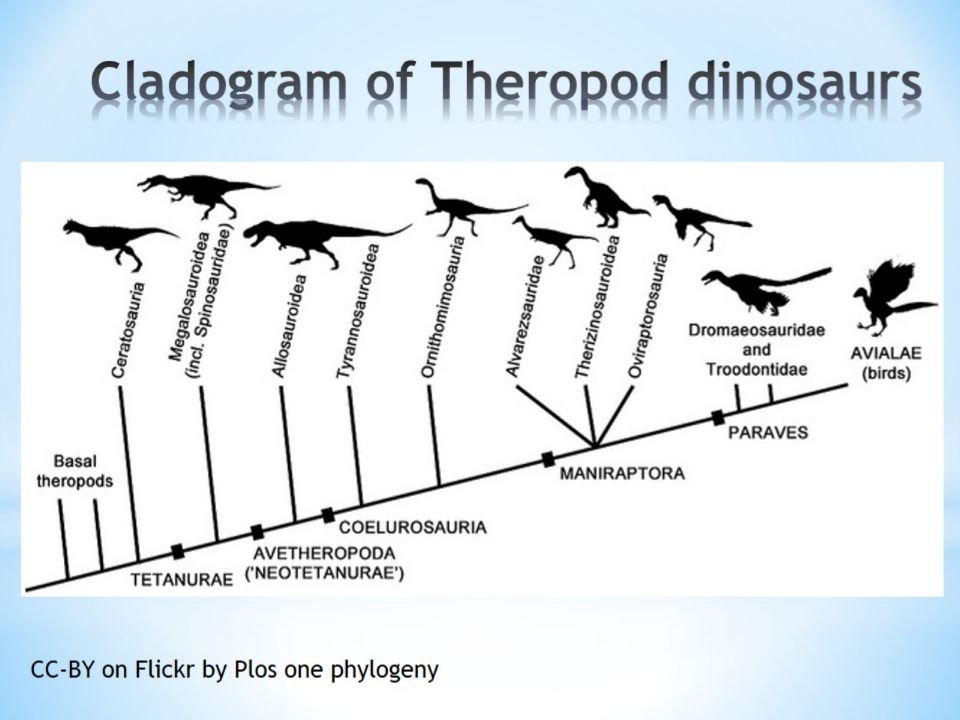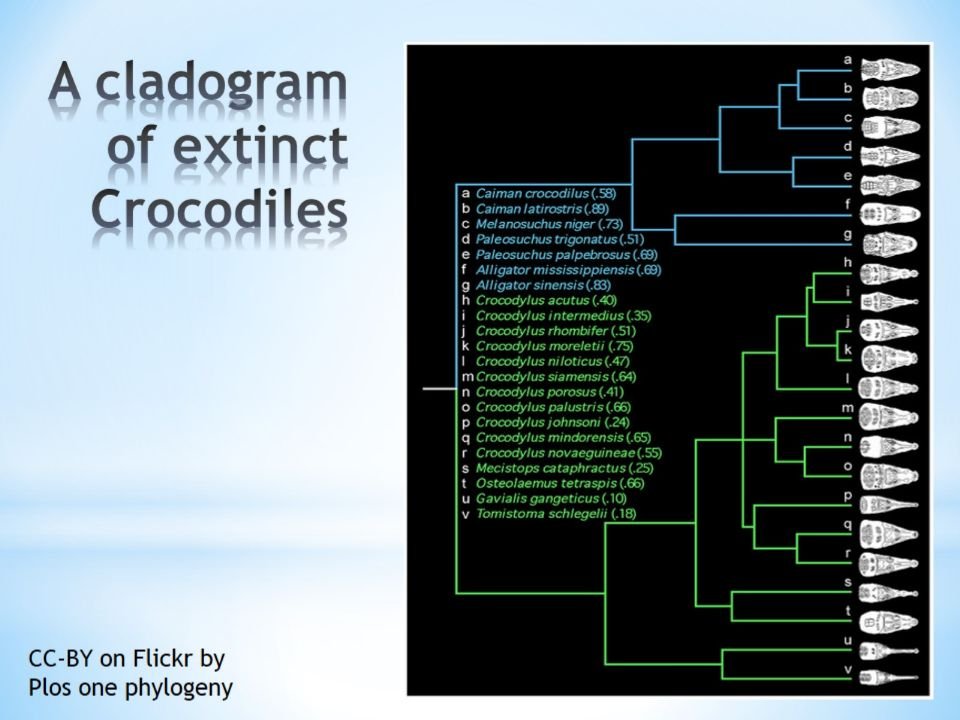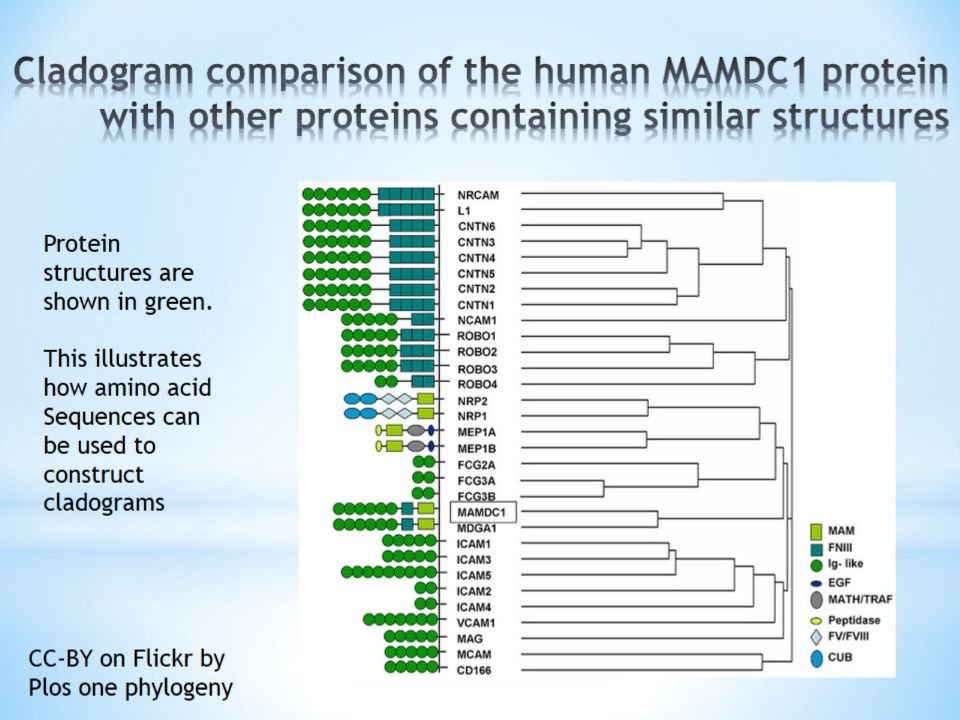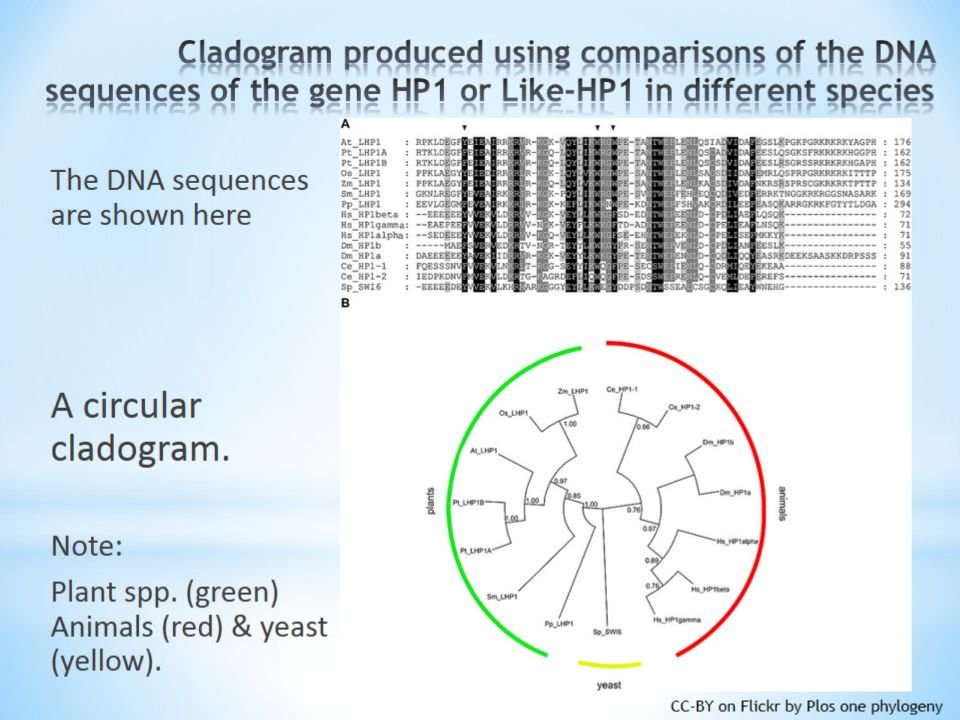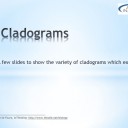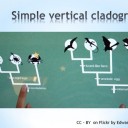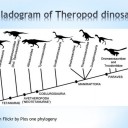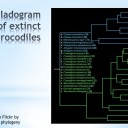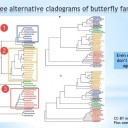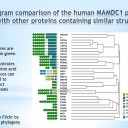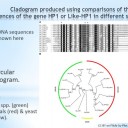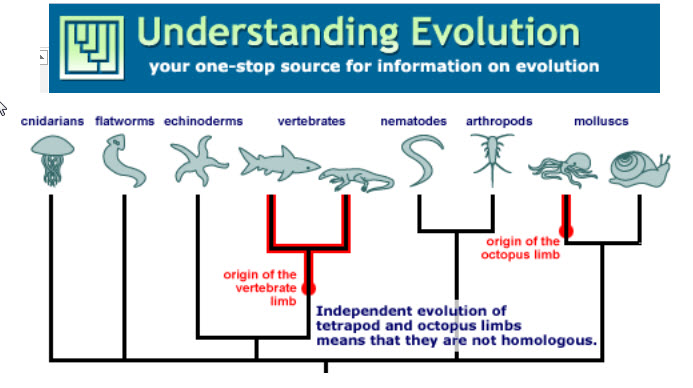Intro to cladistics
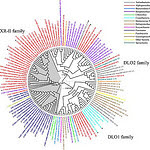 What is a clade? How can we explain analogous and homologous traits using cladograms? What do we need to know about cladograms? All these important questions are covered in this lesson plan using a variety of materials including short presentations and online resources. There are plenty of questions for students to answer.
What is a clade? How can we explain analogous and homologous traits using cladograms? What do we need to know about cladograms? All these important questions are covered in this lesson plan using a variety of materials including short presentations and online resources. There are plenty of questions for students to answer.
Lesson Description
Guiding Questions
- Give examples of features that might be used to arrange species into "family trees" of related species?
- How does the technology to analyse the DNA sequence of a whole organism help to group species?
Activity 1 - Cookie Cladistics activity
Carry out this fun activity to illustrate the way that cladograms are produced and the meaning of the branches and the layout.
Some choices will be uncertain as the evidence may suggest two different solutions. This illustrates the decisions which have to be made by biologists producing cladograms.
Edible clasistics Carousel gallery
To speed things up during a lesson use the ![]() Cookie cladistics student worksheet
Cookie cladistics student worksheet
Activity 2 - Examples of cladograms
Study the slides whch present six different examples of cladograms then answer the questions on the ![]() Cladogram questions worksheet which follows.
Cladogram questions worksheet which follows.
Cladogram examples Carousel gallery
Activity 3 - Building cladograms using homologous features
This activity from Understanding Evolution explores a how cladograms are made looks at the difference between homologous traits inherited from a common ancestor and analogous traits which have developed independently but bring about similar solutions to the problems of survival.
Click the image and follow the first six pages of the activity from "The family tree" to "Adding time to the tree"
Answer the questions on ![]() this worksheet shown below which includes a cladogram of primates.
this worksheet shown below which includes a cladogram of primates.
If you want to know more: Try this Online interactive about the vertebrate limbs from Understanding Evolution
Teacher's notes
Activity 1 is a fun introduction to the construction of cladograms, and their essential features. Student can either cut out paper images of the cookies, from the worksheet, or they could raid the biscuit tin and arrange some real cookies on the diagram. This is a great activity for students working at home.
Activity 2 shows six very different examples of cladogram layouts and introduces students to the complexity and some of the issues around the decision making for the evolutionary relationships shown in these diagrams.
Activity 3 guides students to study an online resource which explains the structure of cladograms in a series of well constructed web pages. A worksheet helps them record the essentials for IBDP Biology. This is a good option for a serious homework task.
Students need to understand the following points
- A clade is a group of organisms that have evolved from a common ancestor.
- Evidence for species of a clade can be
- the base sequences of a gene or
- the amino acid sequence of a protein.
- There is a gradual accumulation of differences and a positive correlation between the number of differences between two species and the time since they diverged from a common ancestor.
- Cladograms are tree diagrams that show the most probable sequence of divergence in clades.

 IB Docs (2) Team
IB Docs (2) Team


